Results 1,941 to 1,950 of 12094
Thread: Anandtech News
-
06-04-12, 09:30 PM #1941
Anandtech: Computex 2012: be quiet! Brings German Engineering & Design to the US
I just met with be quiet! a famous German PSU maker where I learned the company will be finally entering the US market later this year. Differentiation in the PSU market is difficult but the be quiet! designs are all meticulously crafted. The styling is, as a result, quite impressive.
The bq PSUs feature the manufacturer's own integrated fans as well as a bunch of other little details that you can check out in the gallery below.
Gallery: Computex 2012: be quiet! Brings German Engineering & Design to the US





More...
-
06-04-12, 10:30 PM #1942
Anandtech: Zalman's SLC NAND Equipped USB 3.0 Flash Drive & Computex Suite Tour
I just ran across this interesting gem at Zalman's suite in the Hyatt at this year's Computex - it's a SLC NAND equipped USB 3.0 Flash drive. Availability and pricing are unknowns but using high quality SLC NAND is interesting for a high performance USB stick. Obviously the major benefit for using SLC is lifespan, which can be a problem on a lot of the cheaper USB sticks.
Zalman also had a line of notebook coolers, cases and peripherals on display at the suite. Check out the gallery below for everything.
Gallery: Zalman's SLC NAND Equipped USB 3.0 Flash Drive & Computex Suite Tour





More...
-
06-04-12, 10:30 PM #1943
Anandtech: Corsair's AX1200i DSP Controlled PSU
Corsair introduced its new AX1200i (1200W) PSU with a integrated DSP that controls voltage regulation, resulting in higher efficiency (80 Plus Platinum rated, up to 92% efficiency) and better control over voltage ripple. The DSP allows Corsair to reduce component count within the PSU itself, which increases efficiency and reduces thermal output. As a result, for all loads below 480W the AX1200i is actually fanless by default. You can override the behavior but that's the default.
Corsair exposes control and monitoring of the DSP via a bundled Corsair Link USB adapter and software. You can monitor power consumption on all attached connectors (e.g. PCIe, 24-ping) as well as keep an eye on efficiency and configure over current protection on the PCIe power connectors.
The AX1200i will retail for $350 when it ships in late July/early August.
Gallery: Corsair's AX1200i DSP Controlled PSU


More...
-
06-05-12, 01:31 AM #1944
Anandtech: OCZ's Intrepid 3: Enterprise Everest 2
In addition to the Kilminjaro based platforms, OCZ showed off its Intrepid 3 SSD at Computex today. The Intrepid 3 is an enterprise version of the Indilinex Everest 2 controller, also found in OCZ's Vertex 4. As we mentioned in our Vertex 4 analysis, there are many aspects of the Everest 2 that are clearly very well suited for enterprise use so I suspect this drive might be reasonably popular among OCZ's enterprise customers.
More...
-
06-05-12, 01:31 AM #1945
Anandtech: OCZ Demonstrates Native PCIe SSDs: Z-Drive R5 in PCIe, mini-PCIe and 2.5"
OCZ showed us its Kilimanjaro based Z-Drive R5 (native PCIe controller jointly developed with Marvell) running a 4KB random write test at Computex today. The drive was pushing as much as 800K 4KB random write IOPS, although by the time we got to the demo the drive had been dirtied to the point that it was delivering around 570K IOPS and over 2GB/s.
The R5 features sixteen PCIe 2.0 x1 Kilimanjaro controllers behind a PCIe 3.0 x8 switch, enabling tons of bandwidth.
OCZ also had physical samples of its 2.5" PCIe and mini-PCIe Kilimanjaro platforms. Remember Kilimanjaro is a native PCIe SSD controller so there's no SATA to be found on the board. The 2.5" PCIe device uses a standard SSD form factor but with a PCIe connector. There are two controllers behind a PCIe switch on the 2.5" drive, while the mini-PCIe drive features a single controller.
Gallery: OCZ Demonstrates Native PCIe SSDs: Z-Drive R5 in PCIe, mini-PCIe and 2.5" Form Factors





More...
-
06-05-12, 01:31 AM #1946
Anandtech: fractal design's Node Series HTPC Chassis at Computex 2012
Fractal design just launched two new cases at Computex under the Node family brand. The Node 304 is a mini-ITX chassis with aluminum face priced at $90. Internally there are six drive bays, which can accommodate both 2.5" and 3.5" drives. Two of the drive bays are removable, enabling the use of longer discrete graphics cards. The 304 supports standard ATX power supplies.
The Node 605, priced at $160, is a standard ATX chassis that can also serve as an HTPC case although it isn't rack mountable. There are similar removable drive bays in the 605, although you only get four of them. There's slim optical drive bay hidden behind a flip-down panel on the front of the chassis as well. The removable top features integrated sound deadening material.
All of fractal's cases come stock with their own quiet fans. Both the 304 and 605 will be available this Aug
Gallery: fractal design's Node Series HTPC Chassis at Computex 2012





More...
-
06-05-12, 06:00 AM #1947
Anandtech: Qualcomm's Snapdragon S4 Running Windows RT
Last night we saw NVIDIA running Windows 8 RT via ASUS' Tablet 600, and today we got a glimpse of Qualcomm doing the same. Qualcomm's reference tablet features an APQ8060A, the modem-less version of the Krait based 8960 we've seen in HTC's One X on AT&T. The two Krait cores are clocked at up to 1.5GHz. GPU duties are handled by the integrated Adreno 225, which appears to have made the transition to Windows 8 just fine.
Performance seems very good, and Qualcomm says things should improve even further by the time final software is ready. We asked why none of Qualcomm's partners were displaying Snapdragon powered Windows 8 hardware and the answer was those partners weren't ready to unveil their industrial design just yet. Qualcomm remains committed to having S4 based Windows 8 tablets available whenever Microsoft decides to officially launch Windows RT.
To be honest I am a bit surprised by Windows RT. I initially expected only the x86 based Windows 8 tablets to make sense but with ARM based Office support and Microsoft really driving Metro, I do believe there's hope for Windows RT. There has to be some sort of an advantage however. As long as Windows RT tablets can come it at significantly lower prices than their x86 Clovertrail based counterparts I see a real market for these things.
Gallery: Qualcomm's Snapdragon S4 Running Windows RT





More...
-
06-05-12, 07:00 AM #1948
Anandtech: Wilocity and 60GHz WiGig
Meeting with Wilocity today has been very interesting. Wilocity will be the first company to market with WiGig technology - a 60 GHz band wireless system. Designed as a direct southbridge connection, the system uses PCIe lanes to provide necessary wireless bandwith, and I am told costs around the same ballpark as a normal WiFi 802.11n mini-PCIe wireless solution. With it being compatible with mini-PCIe, Wilocity's Wil6100 chipset is capable of 4.5 Gbps peak wireless throughput (2.5 Gbps bidirectional).
On display were a variety of WiGig usage scenarios. Wilocity will be advertising a connectivity box (or 'docking zone') to ODMs which essentially transmits that PCIe functionality into a set of new connectors. This means that the laptop/WiGig connects to the box wirelessly, and the box adds functionality to the mobile device. On the boxes on show we had access to USB 3.0, HDMI, additional ethernet, DisplayPort - basically anything that can be branched off a normal PC chipset.
One scenario shows the WiGig technology used to drive two additional displays over the air. The signal goes to the connectivity box, to which both monitors are connected. The monitors were used to show 1080p video across multiple screens - the laptop screen which is consumed locally, and then one of the screens connected wirelessly, to show no lag between the two.
Another usage scenario was bidirectional capability. Here we have a 720p camera going from the Docking Zone box to the laptop, and a 1080p video going from the laptop to the Docking Zone box and then on to the monitor.Finally, it's worth noting wireless storage. With the first generation of these devices using PCIe 1.1 for 2.5 Gbps in one direction, we finally have a valid usage scenario for wireless backup storage - either personal hard drives or home backup systems. Imagine going on business and having a hard drive in your back that connects wirelessly to your laptop at a faster rate than the hard drive in the laptop. Wilocity showed us an example device for this:
Wilocity are currently talking to distributors (think anyone who might use a WiFi add-in card - laptop manufacturers et al.) while their technology is in development. Judging by what I have seen, I could easily find functionality for WiGig in my home. In terms of range, Wilocity tell me that fundamentally WiGig isn't too fond of walls - so while home spaces should be ok, office spaces may have to be segregated/daisy chained as required.
More...
-
06-05-12, 07:30 AM #1949
Anandtech: AMD Llano HTPC Builders Guide
Home Theater PCs (HTPCs) are becoming more and more popular due to a number of reasons. The desire of consumers to watch and enjoy their media (be it Blu-rays / DVDs or broadcast content) in an independent manner (i.e, not tied down by DRM restrictions such as the Tivo recordings or even just optical media) has enabled the HTPC industry to gain a lot of relevance (as opposed to getting tied down with non-upgradeable consumer electronics equipment).
All the three major vendors (Intel, AMD and NVIDIA) pay quite a bit of attention to the HTPC market in their products. It is universally agreed that AMD presents some of the most economical HTPC building blocks targeted towards budget system builders. It has been almost a year since the Llano lineup was launched. By integrating a CPU and GPU into the same die (and bringing along AMD's expertise in the GPU arena for HTPCs), these APUs (Accelerated Processing Units) offer a lot to the budget HTPC builders.
In today's piece, we will be taking a look at how to build a HTPC system using the Llano platform. Options based on various form factors, performance and cost will be analyzed. Note that the Llano processors might not be the latest and greatest, but, when it comes to pricing, it is going to be quite difficult to beat till the desktop variants of Trinity come around. We will also assume that you are aware of the technical merits of the Llano APU lineup, because we will not be covering any benchmarks or doing any comparative study across products from other companies.
More...
-
06-05-12, 07:30 AM #1950
Anandtech: Broadcom Announces BCM4708x and BCM5301x SoCs for 802.11ac routers
We've been talking about 802.11ac a lot lately, and today Broadcom is announcing a new family of SoCs with greater integration and performance specifically tailored to 802.11ac SMB and home networks. If you haven't heard of or read our existing 802.11ac coverage, the super quick primer is that 802.11ac is a 5 GHz specific successor to 802.11n that brings higher throughput by increasing channel bandwidth to 80 MHz (with an option for 160 MHz), bringing higher order modulation (256QAM), increasing the number of available spatial streams (up to 8), and adding multi-user MIMO plus beamforming.
The news out of Broadcom today is the announcement of two new SoCs which are closely related - the StrataGX BCM5301x for SMB applications, and BCM4708x for home and home office use cases. These two SoCs are built on the same TSMC 40nm RF CMOS process that Broadcom's 802.11ac and new combo chips are built on (like BCM4334). What's new and unique about these is that they represent the first time a networking SoC of this class has integrated everything an OEM needs to make a router but the transciever - in this case a GigE ethernet switch, 5 port GigE PHY, USB 3.0 controller, standard I/O, and two PCIe 1x Gen 2.0 lanes (or three if the OEM opts to not use that I/O for USB 3.0).
The SoC is built around two ARM Cortex A9s with 256 KB of L2 cache. There's no NEON MPE since this isn't needed for a router platform, and Broadcom tells me that BCM4708x can clock those A9s up to 800 MHz, and 1 GHz for BCM5301x. Both A9 cores and ports on the switch are fully power gated, which enables the SoC to draw under 100mW at idle and switch into a the highest performance state within milliseconds. The SoC also supports up to single channel PC DDR3 1600 as opposed to the more commonly supported PC DDR2 800 for current router SoCs.
The obvious high-end platform configuration for a Broadcom-based 802.11ac router thus becomes a BCM4708x with two BCM4360s (one transceiver for 2.4 GHz 802.11n, another for 5 GHz 802.11ac) connected over PCIe 1x. Integrators will also likely differentiate with lower-end configurations without simultaneous dual band, or perhaps include BCM4331 alongside BCM4360.
When you compare to the previous generation of simultaneous dual band 3x3:3 routers, or some of the initial 802.11ac routers which shipped with BCM4706 as the SoC, which consists of a 600 MHz MIPS32, PC-DDR2, USB 2.0 and PCIe 1x Gen 1, it's easy to see the new SoC offering a considerable performance boost. Broadcom told me moving to this new platform offers a 5x boost in performance over its predecessor. Both the BCM5301x and BCM4708x are sampling, with volume production slated for the second half of 2012.
Source: Broadcom
More...
Thread Information
Users Browsing this Thread
There are currently 27 users browsing this thread. (0 members and 27 guests)






 Quote
Quote




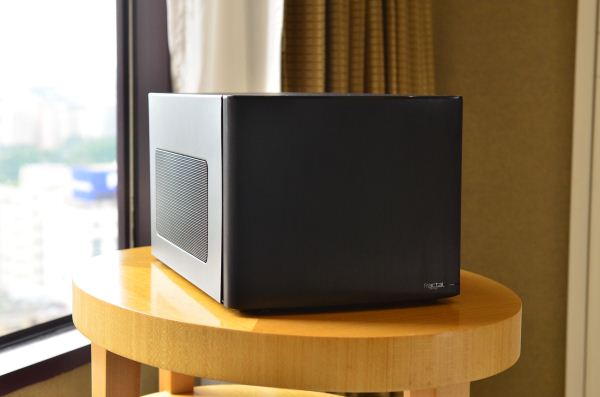

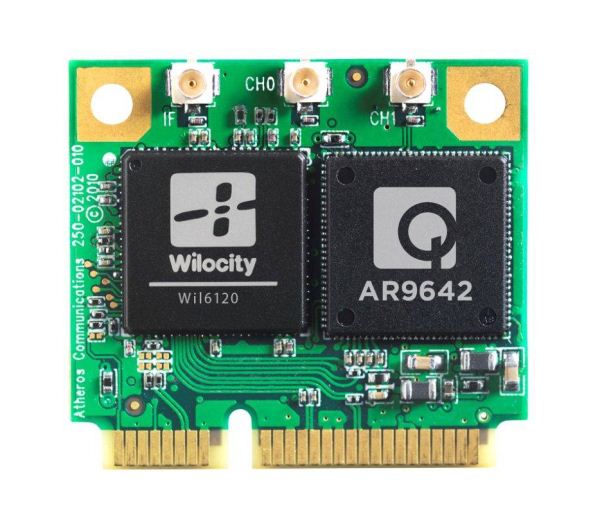
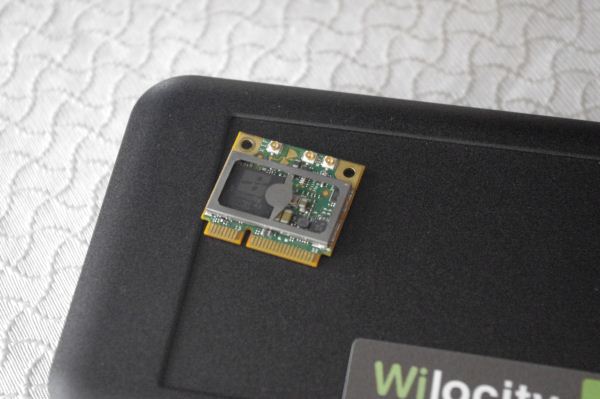
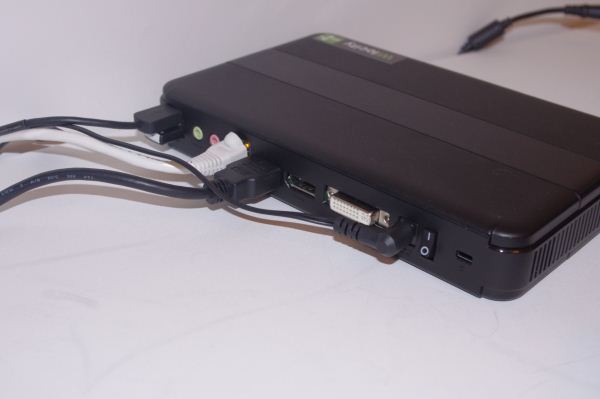

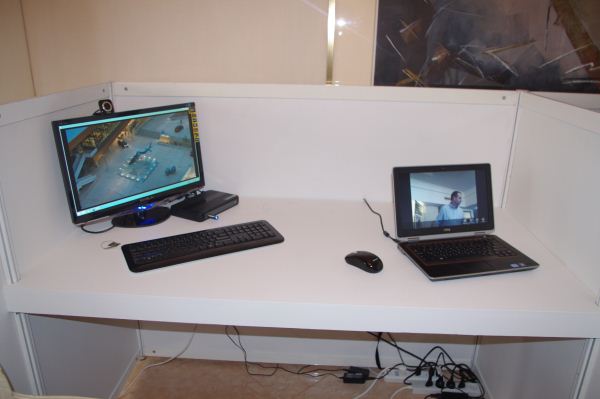
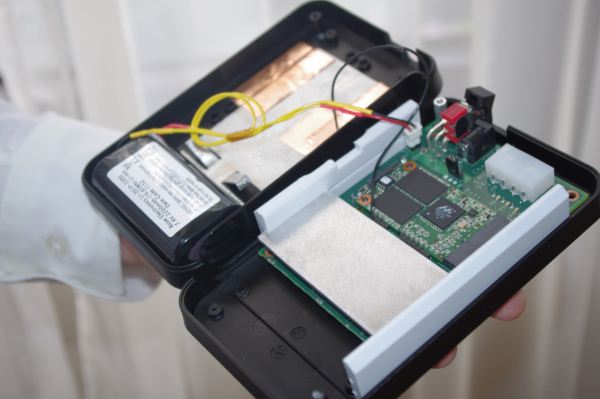


2_575px.png)
_575px.png)
3_575px.png)
















Bookmarks